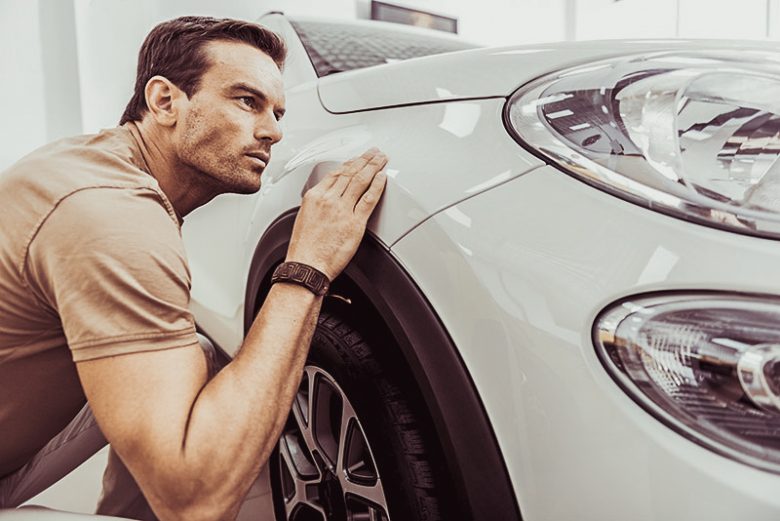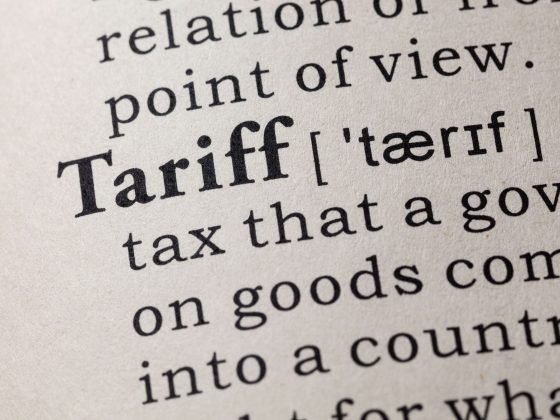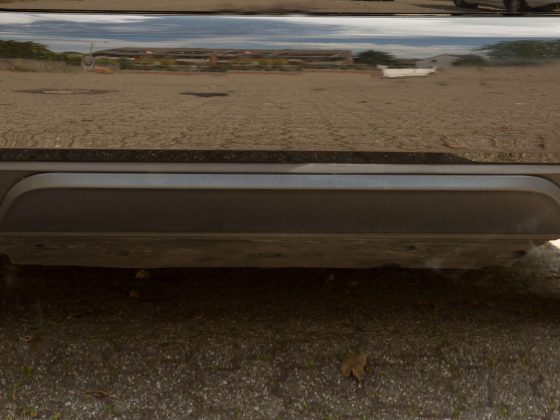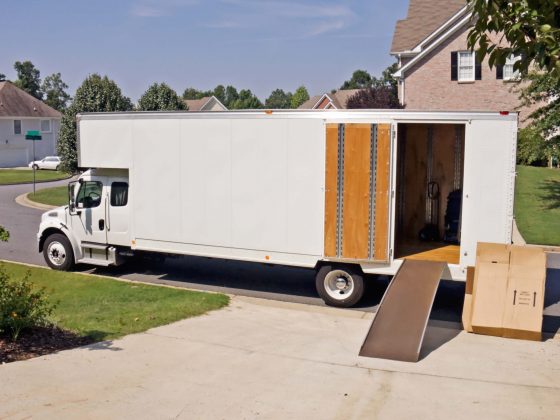If you decide to sell your used car on your own, you will have to take some additional steps before making any attempt to contact a possible buyer.
Use eTags© to Quickly Complete Your DMV Service. Renewals, Title Transfers and More, All Online!
Your goal is to sell your used vehicle at the most reasonable price and follow a process in which both parties – buyer and seller – benefit from the transaction.
Like any other transaction, vehicle buyers want to be informed about their choices prior to making any purchase decision.
In the future, you will meet extremely thorough shoppers who won’t be able to make a final decision until they tick every item of their checklist.
To help you sell and enjoy the experience, let us walk you through our ultimate step-by-step guide to preparing your car for sale.
Bear in mind that our guide applies to online sellers and auto traders who need a little extra help to make their used vehicles more appealing to prospective buyers.
Focus on the numbers
Once you decide to sell your used car on your own, and the vehicle is approaching 100,000 miles, it will be the time to take action.
As for shoppers, the number of miles matters significantly, to a point that they may be reluctant to pay the price you originally asked for have they realize that your vehicle has already reached 100,000 miles.
It is also imperative to focus on the year of your used vehicle, as the older your car gets, the harder for you to find a buyer who is willing to pay the price you initially asked for.
Say, for example, if your vehicle is 10 years or older, chances are you will have a harder time trying to get rid of the vehicle.
A clean car is a better choice
Private sellers cannot won’t be able to attract potential buyers unless they offer a vehicle that is clean and smells like brand new.
It is the same sensation that you experienced when you bought your car from the auto dealership. Though your mission is to replicate that same sensation for selling purposes.
Either you take your vehicle to the car wash or follow a DIY cleaning method that can encourage shoppers to contact you for a future plausible transaction.
From cleaning the engine bay to polishing your windows, you are in charge of making a difference when it comes to keeping a vehicle in great condition.
Consider making some extra repairs
While many sellers invest in continuous repairs, you are advised to avoid scheduling repairs that will cost you more than 10% of the value of your vehicle.
Yet there are some cases – such as, fixing your brakes or tires – in which scheduling vehicle repairs won’t make any impact in the price you will get.
Private sellers are advised to pay attention to vehicle maintenance issues and fix them promptly. Visible maintenance issues must be resolved before getting your used car for sale.
At this point, honesty is a virtue that helps you stay out of trouble, as the more real details you give about your used car, the easier for the buyer to assess value for the price.
In many states, you will need to inform shoppers whether the vehicle has been salvaged, rebuilt, or damaged in flood.
Small upgrades can lead to bigger opportunities
Replace items or features that cannot make an impact on price, but certainly improves the appearance of your used vehicle.
Minor upgrades that cost $20 or less can make a difference if well executed, such as replacing mats or buying a new car air freshener.
Set a small budget and get as many upgrades as possible. Soon you will discover how little changes make a positive impact on new buyers.
Where is your paperwork?
Apart from the current condition of your vehicle, keeping physical record of the status of your vehicle will help you demonstrate transparency.
Keep the title handy and have the lien release available had you paid off the loan.
Once you find a buyer for your vehicle, make sure you sign over the title to them and let them know that they are responsible for registering and titling the vehicle with the local DMV.
Get a copy of every vehicle and maintenance document and notify the DMV about the transaction so as to avoid future complications.
SEE ALSO: A Quick Guide To Handling Another Driver’s Auto Insurance








